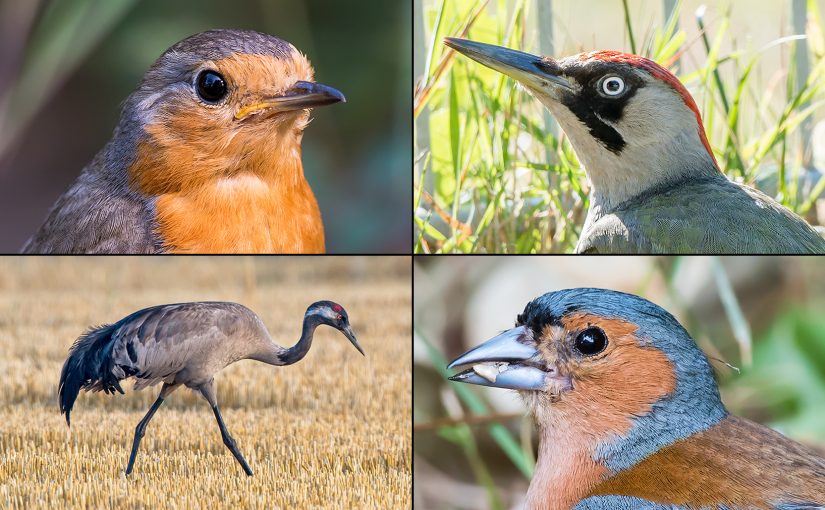by Kai Pflug
for shanghaibirding.com

I spent most of July 2018 in Germany, mostly to visit my mother, but of course I took my camera as well. As I only started birding once living in Shanghai, I am not very familiar with German birds and still feel excited about them.
Sending some of the photos I took to my friend Kaca back in Shanghai, a certain theme started to emerge, as you can see from his replies to my messages:
• I like the robin, the redstart and the woodpecker—quite similar to Xinjiang birds indeed …
• We have the linnet in Xinjiang too …
• Great to see the Red-backed Shrike—you don’t need to go to Xinjiang for it …
So let’s take a look at some of these birds (to be honest, I mostly write these blog posts to have an outlet for my photos, so don’t be surprised if this post is as photo-heavy as my previous few ones).
The linnet is a finch found in Europe, North Africa, and Western Asia—which includes Xinjiang but not Shanghai. The German name, Bluthänfling (“blood linnet”) refers to the most obvious feature of the male, the red breast. What is the function of the red breast? Well, presumably to attract a mate—see photo for details …
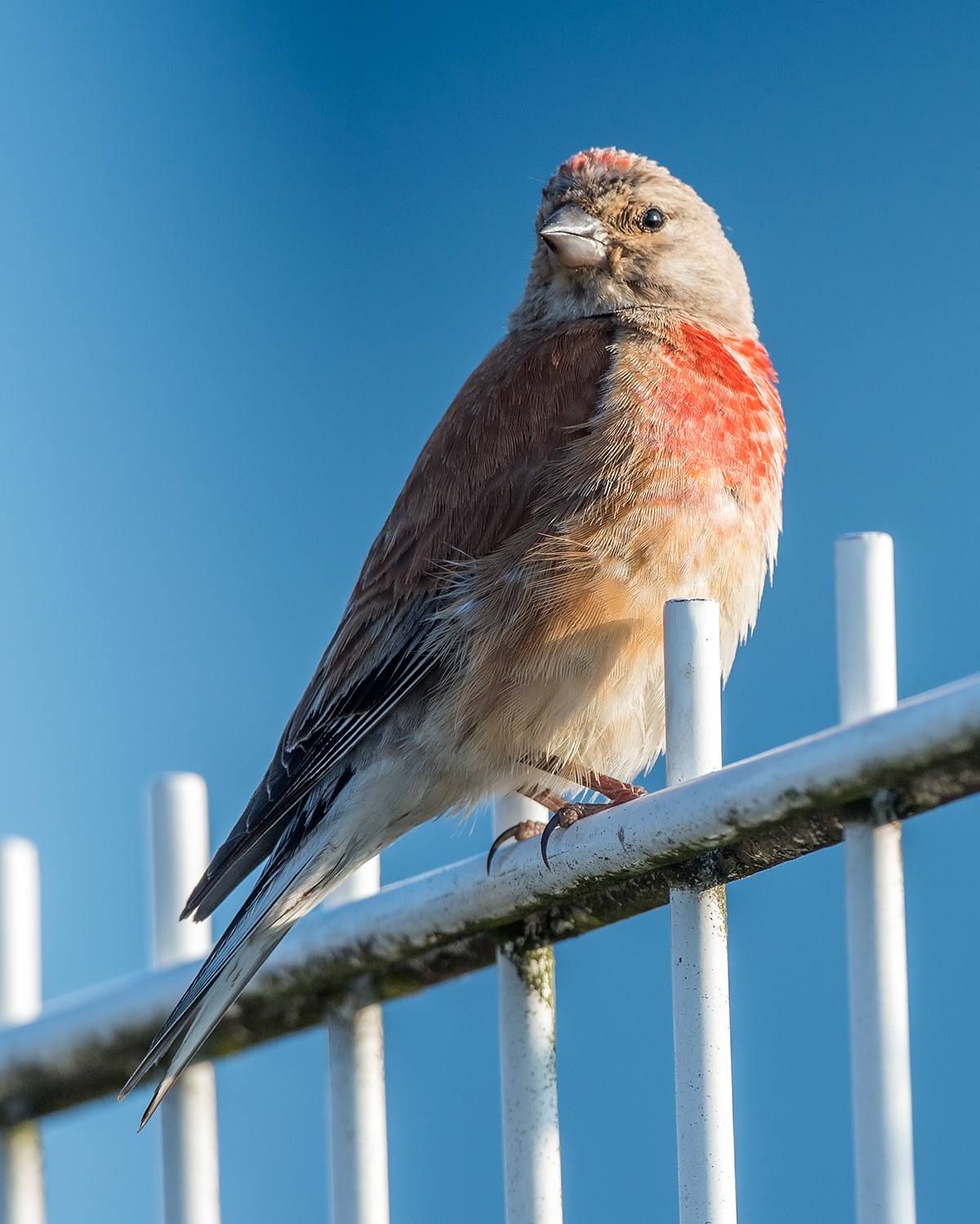
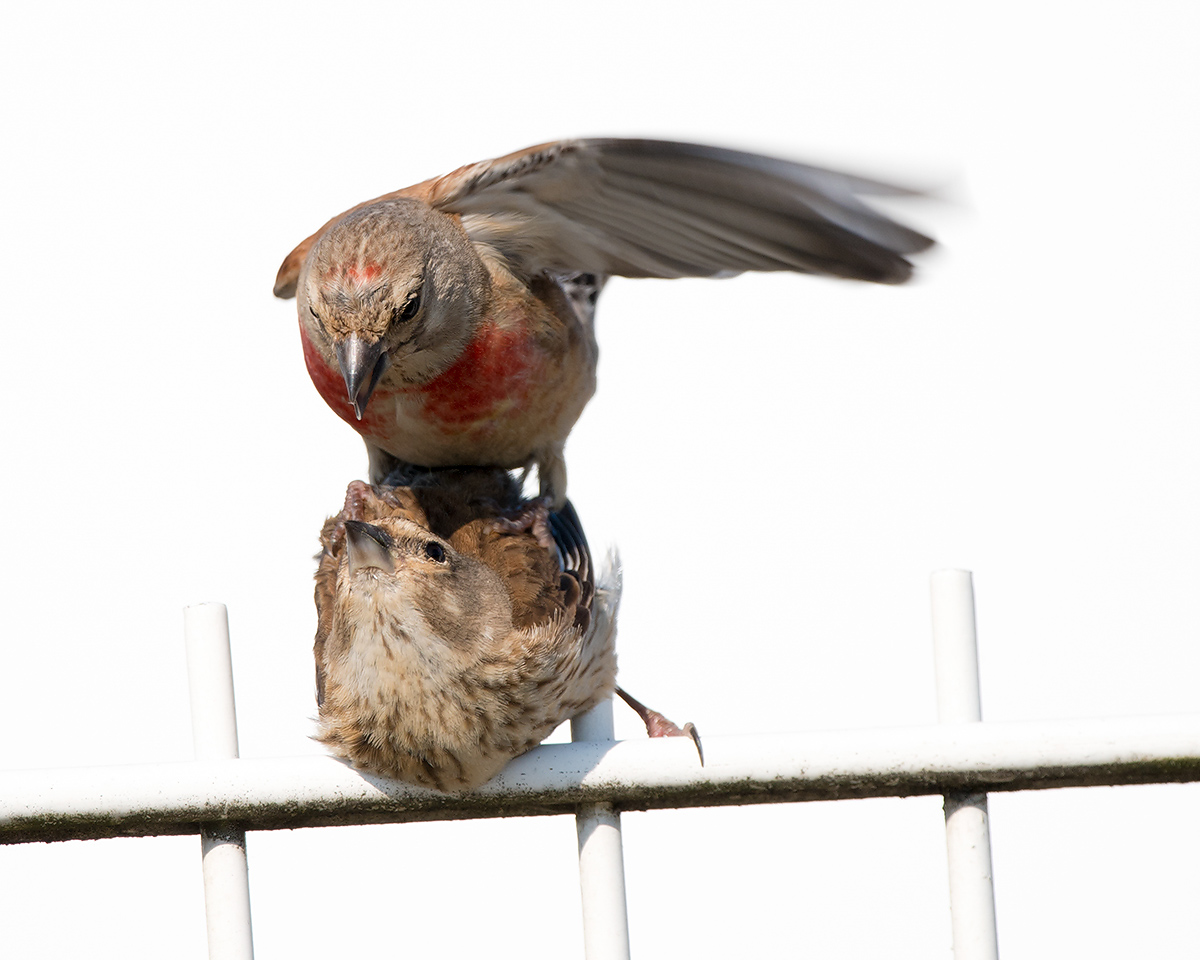
For the Red-backed Shrike, the situation is somewhat similar: not rare in Europe or Xinjiang, but only very few records in eastern and southern China (not sure how reliable these are). Again, the German language has a slightly more expressive name to offer, Neuntöter (“killer of nine”—it was once believed that this bird starts eating only after having killed nine prey items and impaled them on thorns). Of course, in Shanghai we have the Long-tailed Shrike as the main representative of this family.
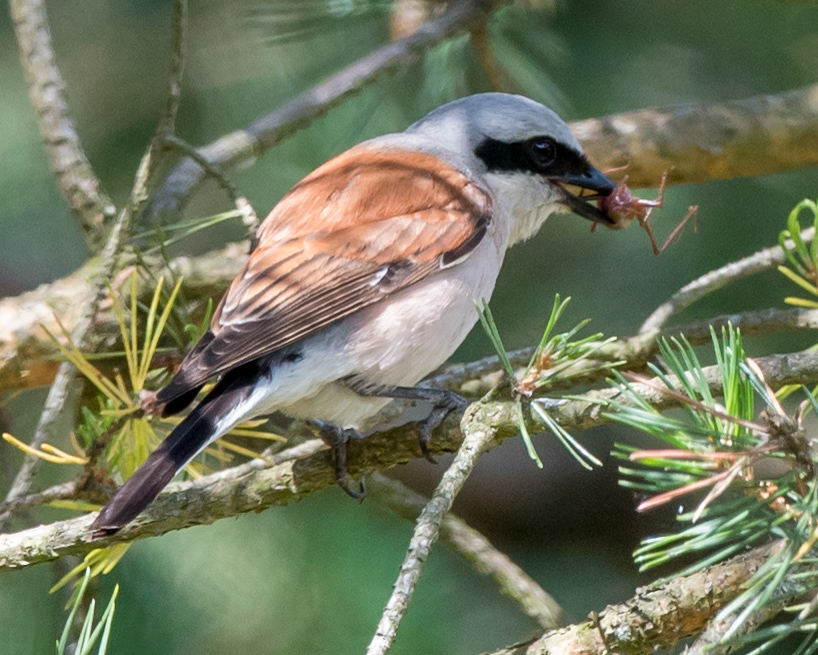
The European Goldfinch—despite its name—can also be found in Xinjiang as well as in Europe and presumably on the far western border of Tibet. This is one of the most colorful small passerines commonly seen in Germany. As the photo shows, it is rather fond of thistles—which seems like a rather slow way of getting nutrition, but then maybe there is not too much competition for this.
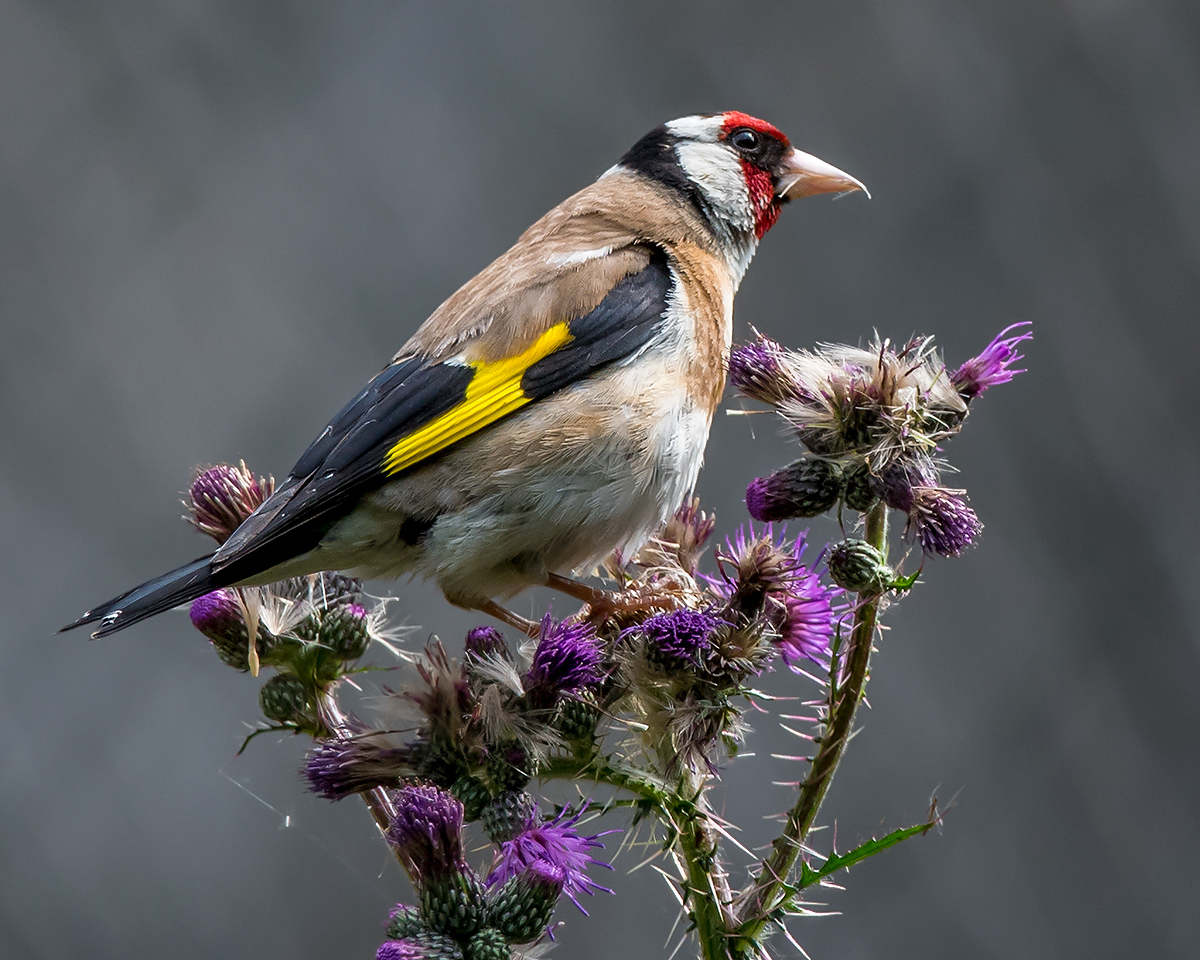
I know it is not very cool to quote Wikipedia, but this bit is nice, though not particularly relevant to our topic: “If [caged] goldfinches are kept with canaries, they tend to lose their native song and call in favor of their cage-mates’ songs. This is considered undesirable as it detracts from the allure of keeping goldfinches.” Interesting.
The European Robin also makes its occasional appearance in Xinjiang, as well as extremely rare appearances further east (for example in Beijing at the Temple of Heaven in November 2013 and 2014). Much easier to see in Germany, of course …
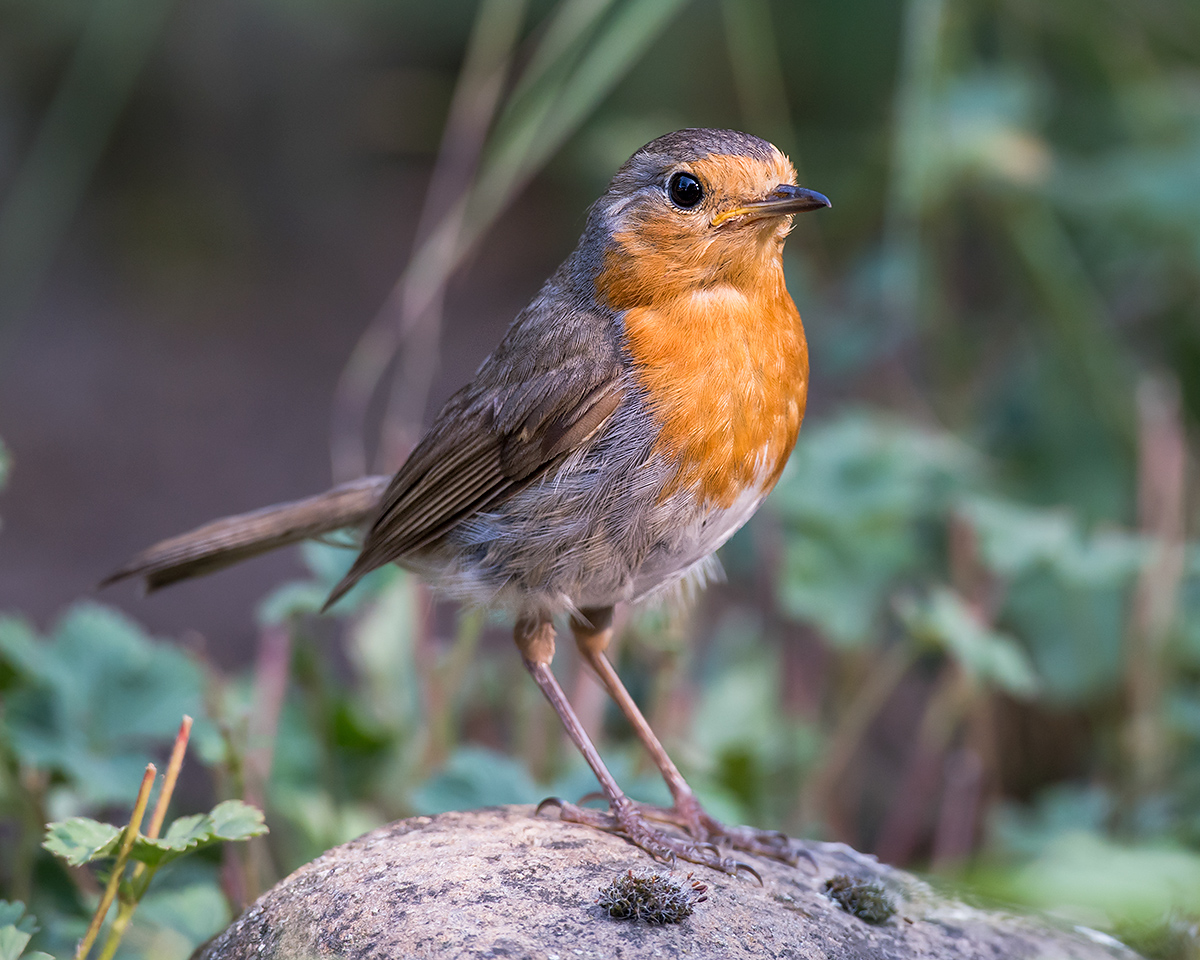
Of course, in July, juveniles are also well-represented.
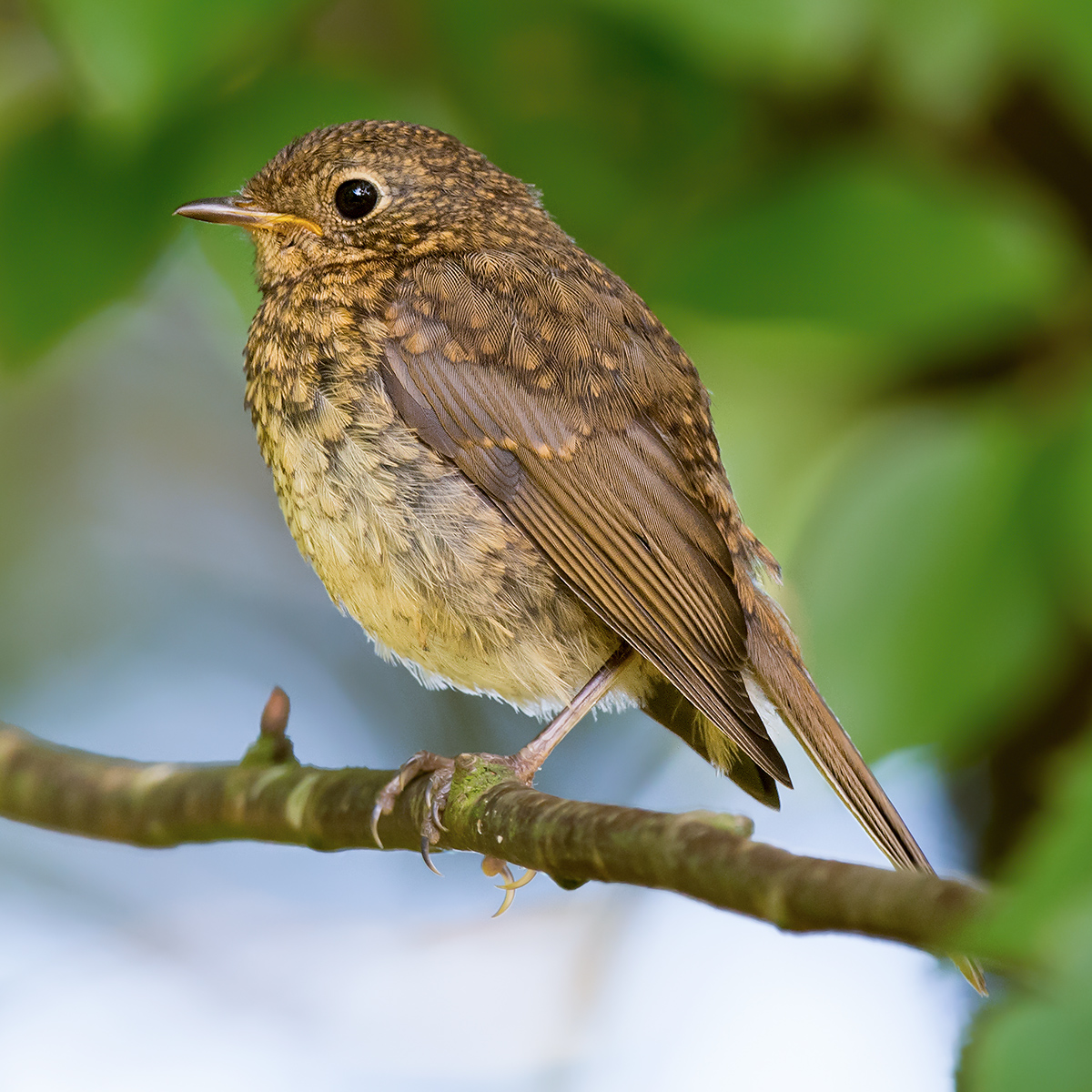
A bird that can occasionally be found in eastern China is the Common Starling—though it is not really that common here (in fact, when I sent a starling photo to my friend Kaca, he replied, “Can you ask the bird here to come here—I can make it a star!”). The Common Starling is actually the bird of the year 2018 in Germany (nominated by some NGO), so it makes sense to feature it in this post.
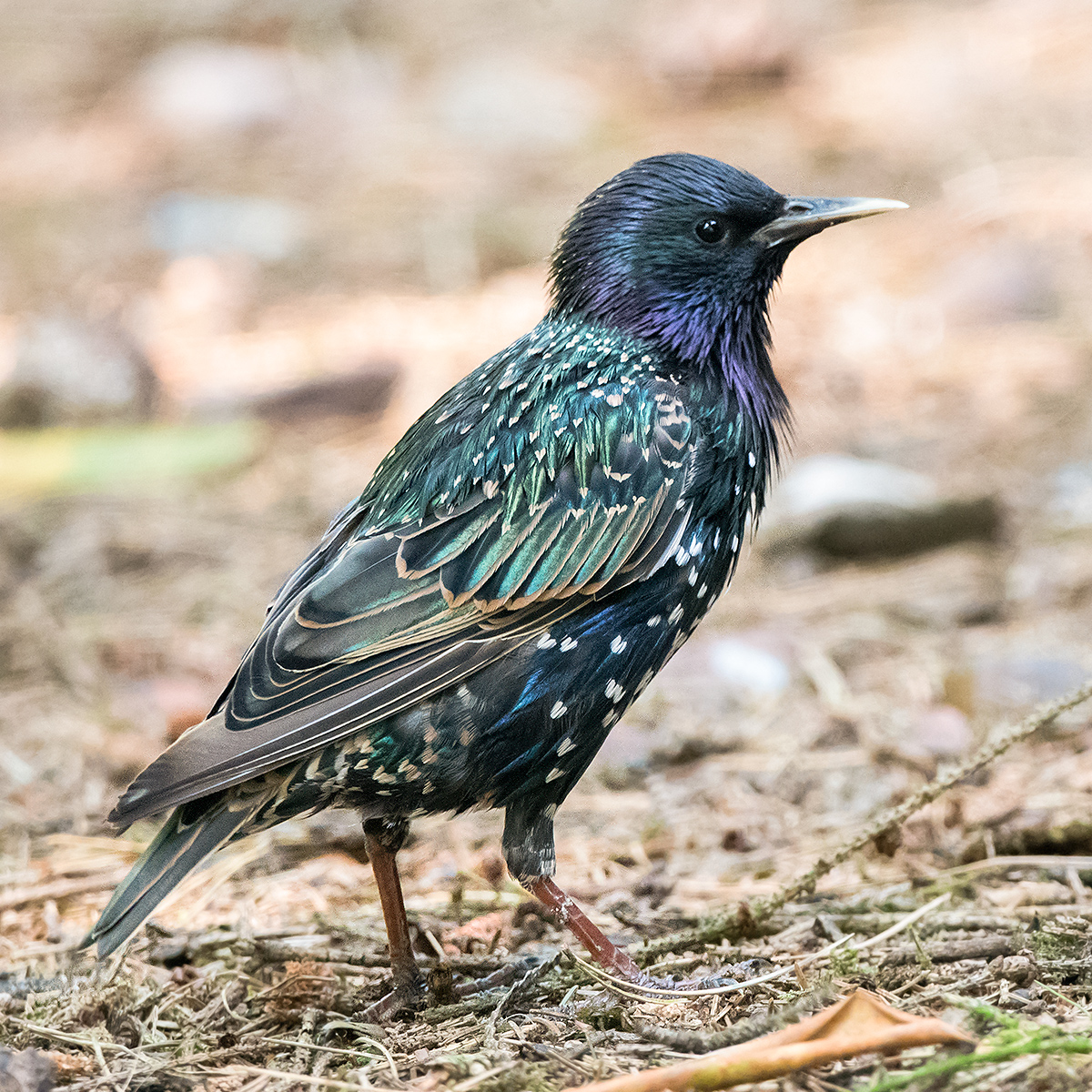
To see a Barn Owl in China, one has to both be lucky and travel to border areas of Yunnan. Fortunately, it is a bit easier for Germans, though it also took a bit of time to find some there. Some local naturalists support the owls by setting up nesting boxes. The farmers who accept these installations get some support in rodent control …
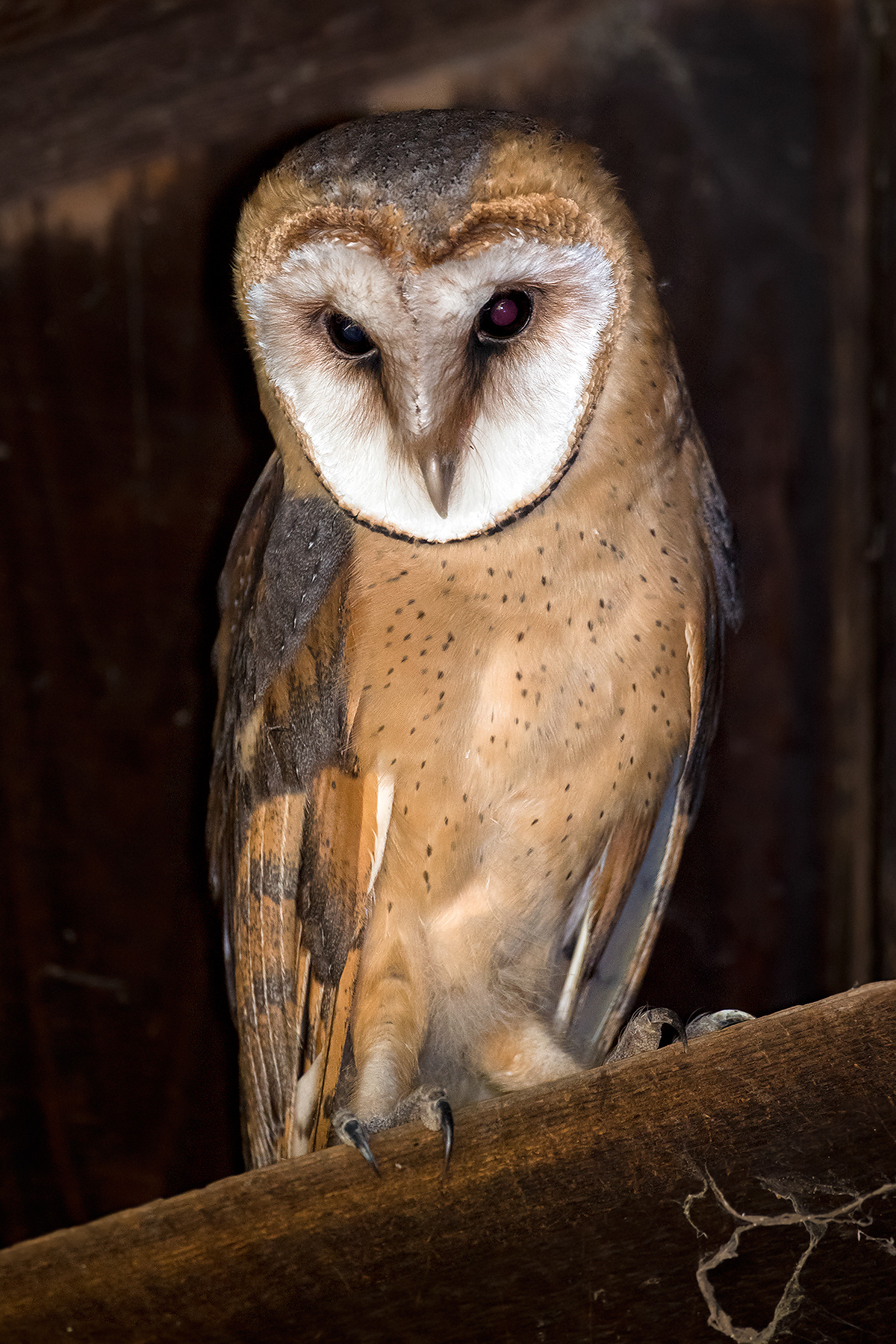
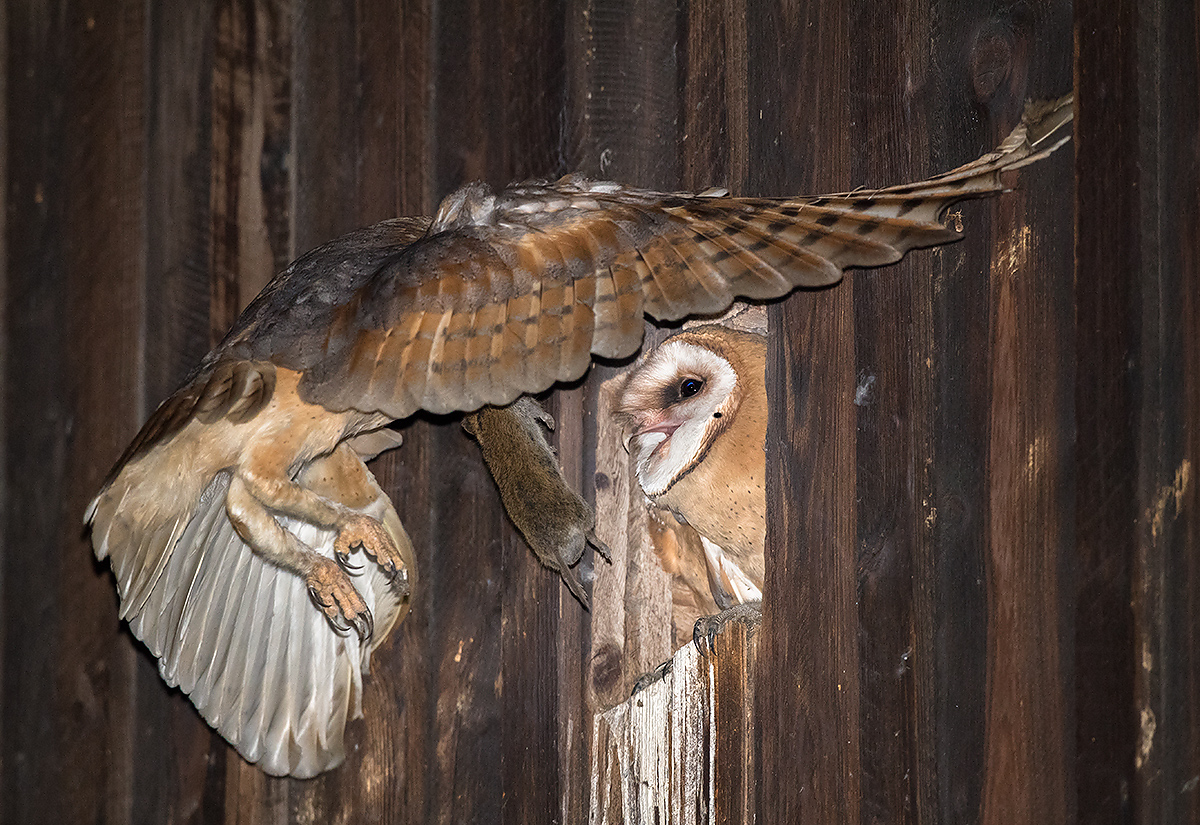
Common Crane is not particularly rare in China in winter—but they are becoming almost abundant in Germany. One place I visited boasts of hosting more than 10,000 Common Crane in autumn. And I have seen (and heard: the sound of elephants trumpeting) them flying over my parents’ house.
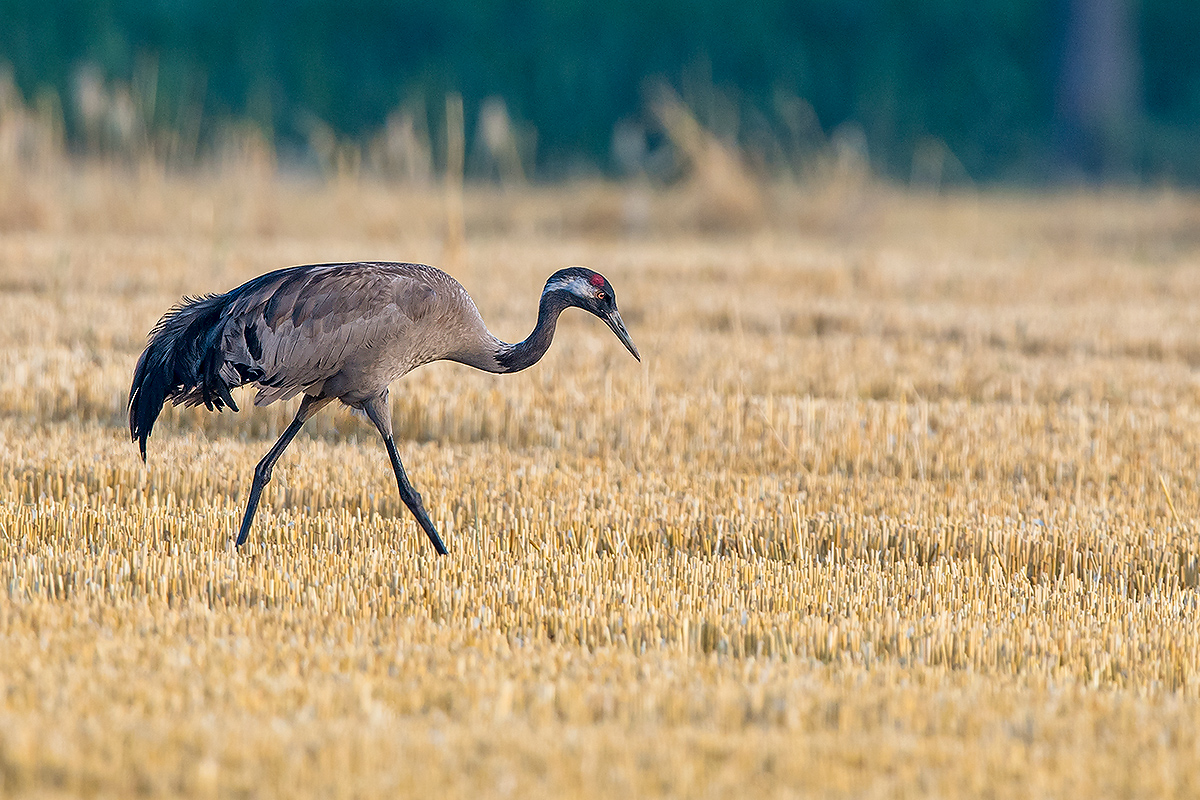
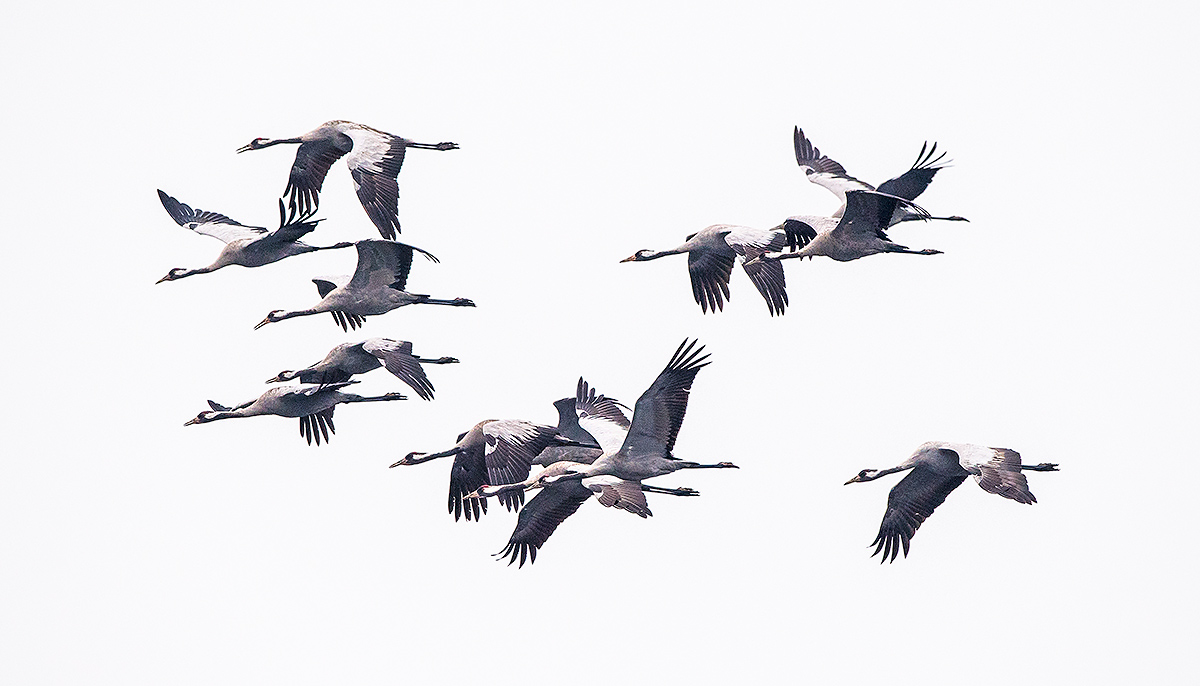
With an estimated 10 million breeding pairs, the Common Chaffinch (male and female shown) is by far the most common bird in Germany. In China, the species is locally common in northern Xinjiang.
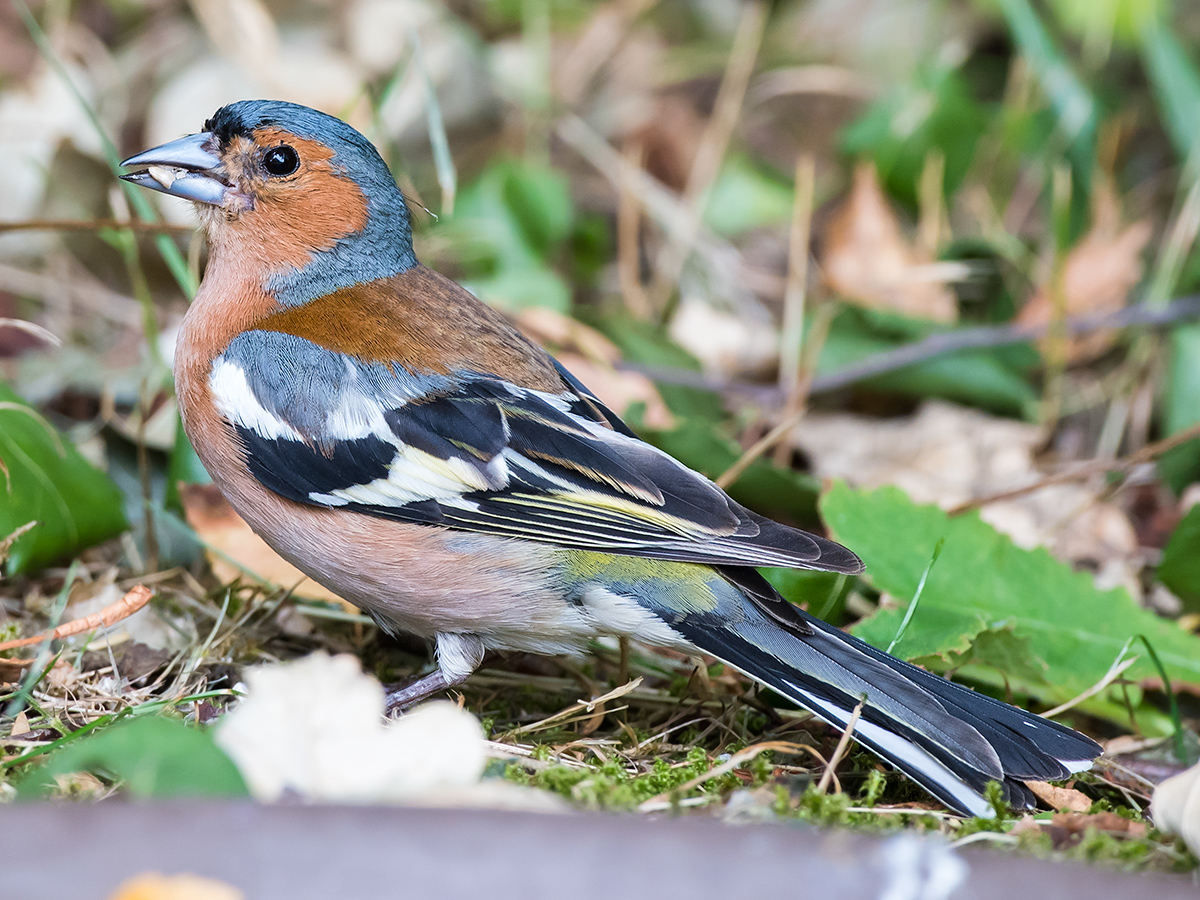
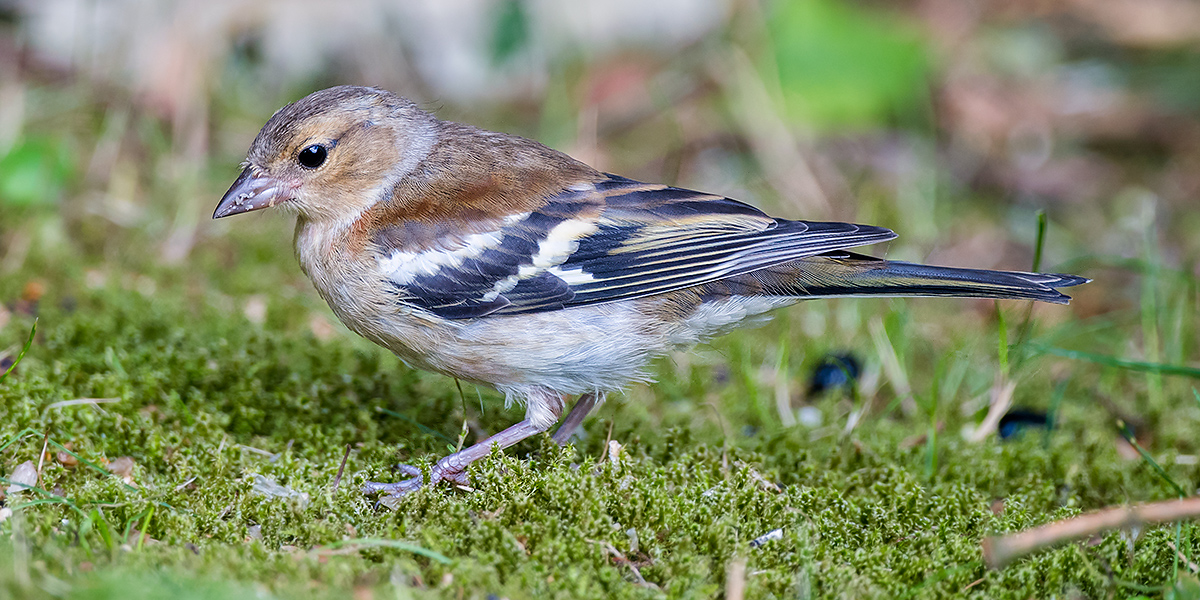
Lastly, a bird that you are not likely to ever see in China—the European Green Woodpecker. It is a bit like a wryneck in that it mainly feeds on ants and does not drum. It is an attractive but shy bird (photos: adult and juvenile).
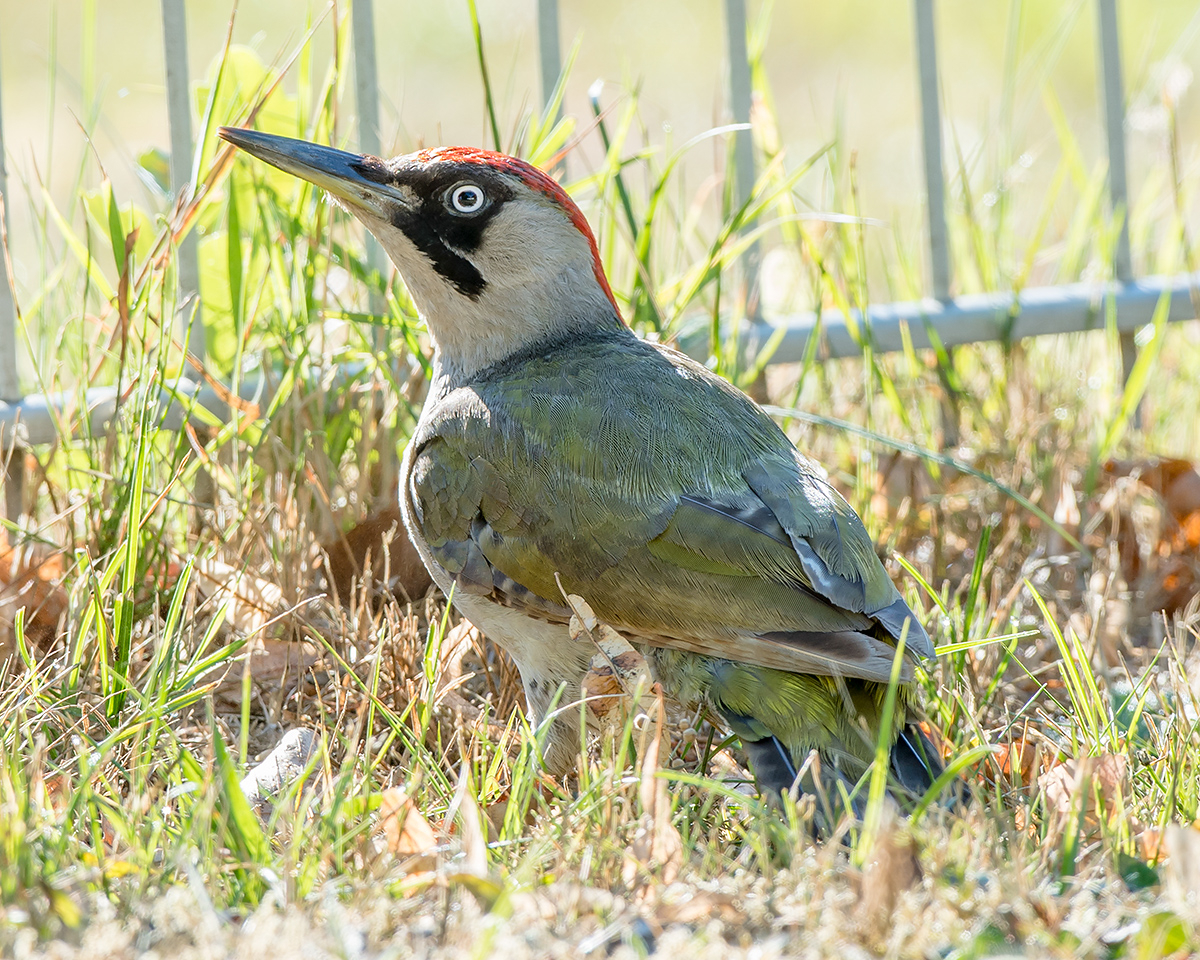
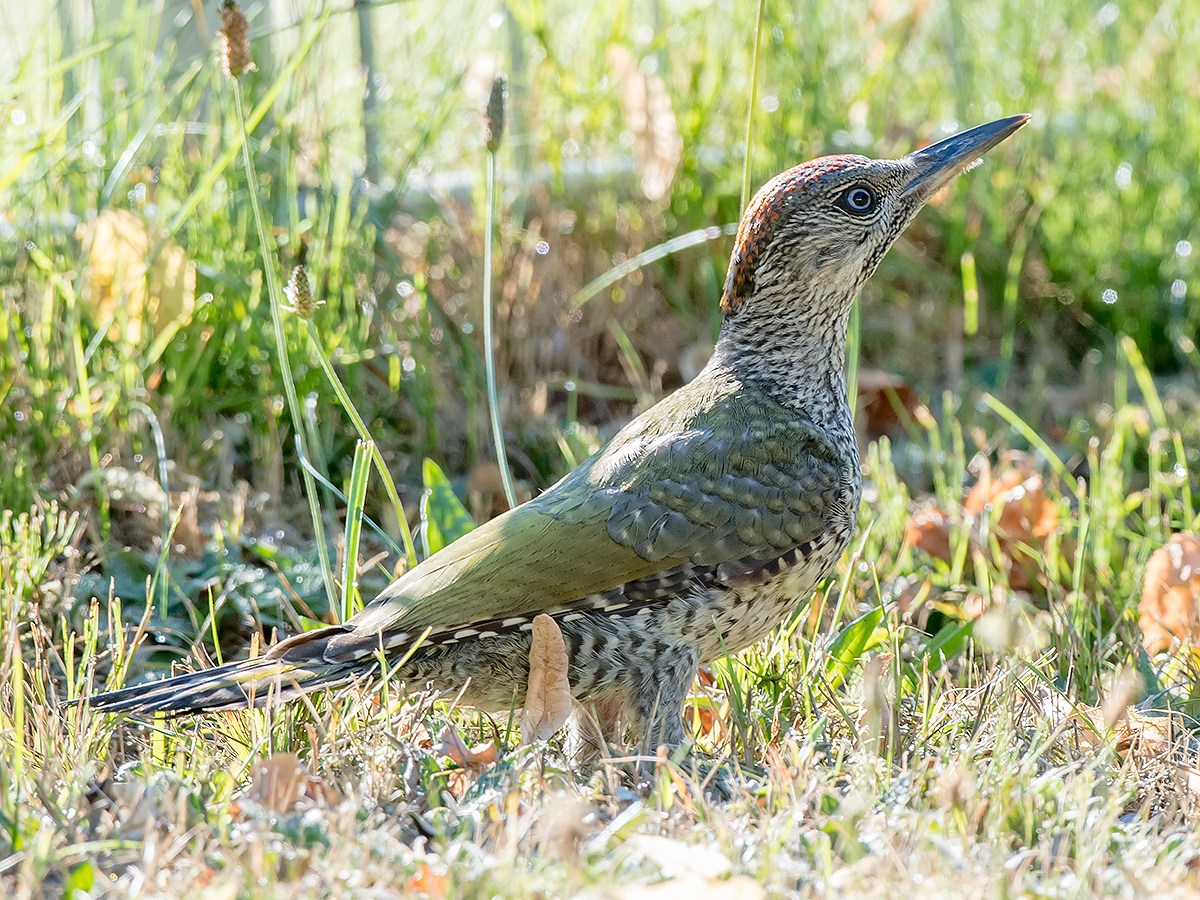
So, if you want to see some exotic birds and do not feel like going to Xinjiang, why not consider a trip to Germany?
The photos shown here were taken in July 2018 in and around Visselhövede, Niedersachsen, Germany.
The photo book Birds of Nanhui, Shanghai (ISBN 978-7-202-12615-8) is still available from the author (kai.pflug@gmail.com), though obviously none of the photos in this post can be found in that book.
EDITOR’S NOTE
To see in their Chinese habitats some of the birds mentioned in this post, read Craig Brelsford’s five-post, 150-photo series on birding Northern Xinjiang. See in particular Brelsford’s Photo Gallery of the Non-Passerines of Northern Xinjiang and Photo Gallery of the Passerines of Northern Xinjiang. To read the series from beginning to end, start at the Introduction.

